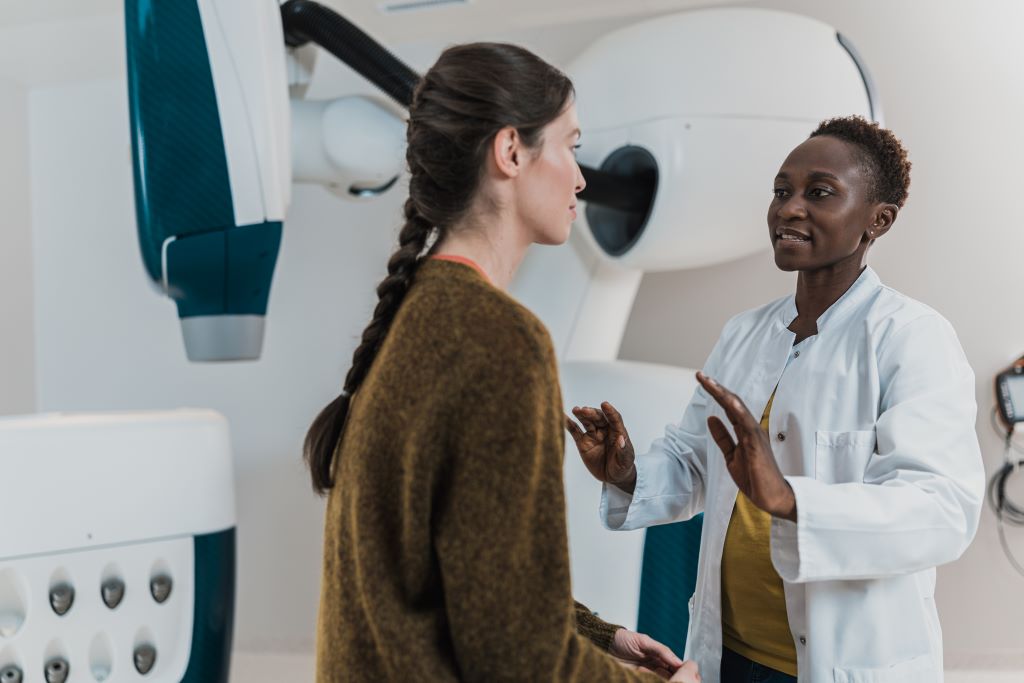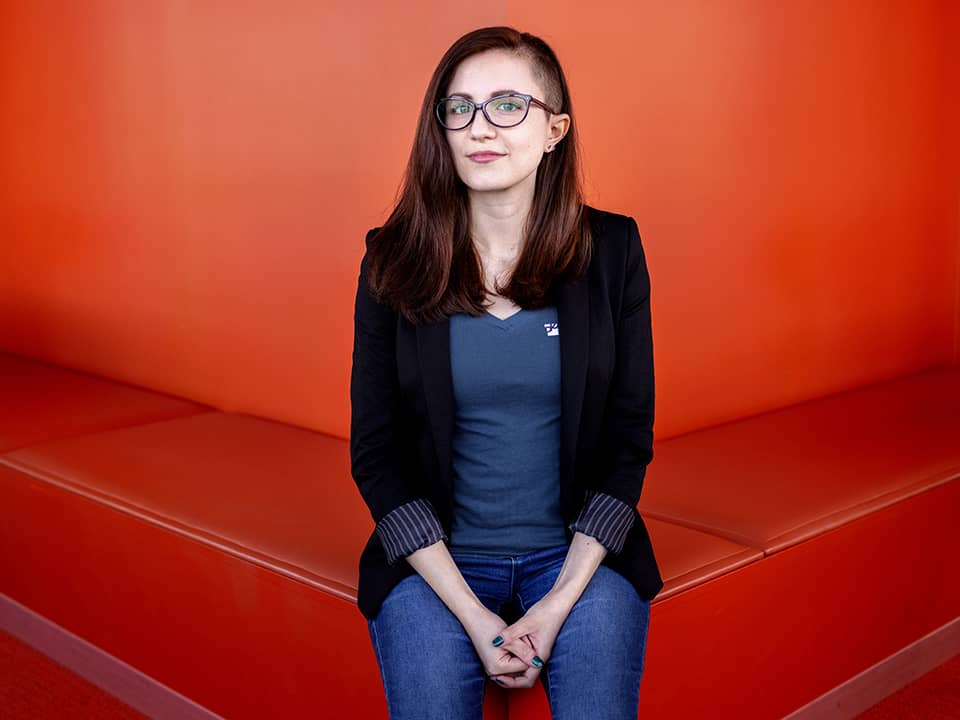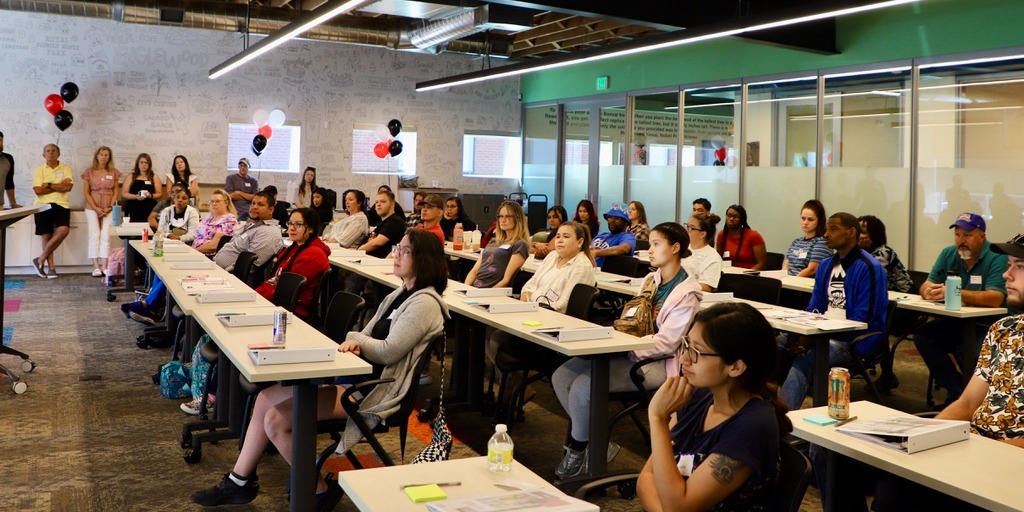As our population ages, the healthcare industry faces a multitude of challenges in providing the necessary care to an increasingly older demographic. This crisis is uniquely detrimental to the healthcare space and requires a multifaceted approach to address. The Louisville Healthcare CEO Council is an organization dedicated to addressing these systemic challenges and bringing industry leaders together to provide personalized and holistic care.
In our recent episode of The Health/Tech Edge, Productive Edge’s Chief Strategy Officer, Raheel Retiwalla, and Sr. UX Content Strategist, Zoe Jacobs, were joined by Josh Williams, Director of Strategic Initiatives at CEOc to discuss the disconnect between corporate partners, providers of care, and innovators, by identifying challenges, discovering new solutions, and evaluating their effectiveness. You may listen to their discussion here or read the summarized conversation below to learn more.
Zoe: Can you tell us more about CEOc and about the work that you're doing?
Josh: CEOc (formerly known as the Louisville Health Care CEO Council) is an organization founded in 2017 with a mission to address systemic challenges in the healthcare industry. With the recognition that the healthcare system has a lot of systemic challenges, the CEOc aims to bring industry leaders together to address these challenges and provide holistic and personalized care. The organization is working with different stakeholders, including corporations, innovation and entrepreneurship networks, and healthcare providers, to align on a common vision and bring the right resources together to solve the identified problems.
Zoe: What key problems are you solving?
Josh: One of the main challenges we are seeking to address is our nation's drastic aging demographic shift. By 2032-2033 it's projected that there's actually going to be more individuals that are above the age of 65 than are under the age of 18 which is kind of a terrifying statistic to me in the sense that those are individuals that are simultaneously needing more skilled health care across the Continuum while at the same time meaning that we're gonna have fewer people who are able to provide that care which creates drastic problems across Across the Nation across the world.
Raheel: Josh you are absolutely right, from an aging perspective, people who are providing care at various points on the continuum have to come together to address the type of more holistic clinical care.
Zoe: Can you tell us a little bit more about some of the main issues that you are addressing at the CEOc?
Josh: We're really looking at kind of like three different stakeholders that we're engaging with.
- The corporate perspective, our council member companies for example, are thinking about how we do things better and innovate in the space.
- A huge innovation and entrepreneur network such as aging 2.0 which is this chapter network of organizations, entrepreneurs, and innovators across the world. This works to solve this disconnect in terms of what's needed and what's actually out there and so through our work within the healthcare Innovation engine, it’s really making sure that there's alignment across the continuum of care.
- The individuals who receive this care.
When thinking about these stakeholders, we are seeing this mismatch where corporate partners and providers of care have problems they are trying to solve for their audience which aren’t always clearly communicated to the innovators and the people who are trying to come up with solutions.
In order to solve the disconnect, we look to things like social determinants of health and data interoperability, workforce being one of those. What are the challenges and then how do we, through this network of Aging with aging 2.0, identify what innovations and technologies are actually tailored to solve these problem statements that we've identified? We bring those folks here, we set them up with paid pilot projects, then we actually evaluate the effectiveness of those interventions to see if they are actually addressing the problems that we've identified.
At a high level, we're solving three problems in that area.
- Access to information around what the challenges actually look like from the healthcare Continuum space.
- Access to customers through these pilot projects
- The evidence space that's facilitated through our centralized data Hub says that these things are actually effective they're doing work well and as a result of that we need to invest in them in order to scale and proliferate these solutions across the nation.
Raheel: I think one of the underlying things from what you just said is addressing how parties come together and align on a common vision in a challenge. What is interesting about the work that CEOc is doing is that the central data hub has the ability to be neutral so many organizations who wouldn't typically share data are able to come together around an aligned vision and see the whole picture.
Josh: Yes, and one example of this is if I were to ask you what the social determinants of health were, we would probably get nine different answers. So leveraging this healthcare innovation engine, we are able to address specific factors and common denominators. We are then able to work with Aging 2.0 to connect with innovators and effectively know more about solving these problems.
Zoe: Earlier you mentioned solving important issues in the healthcare workforce, can you expand on that?
Josh: We are facing a workforce crisis and I would argue that it is uniquely detrimental within the healthcare space. So working with our council member companies, we have created what's known as the Center for Healthcare Workforce Innovation or ‘Chewie’ for short. The idea behind this is that we have authentic industry leadership at the front end of this that is equipped and capable of saying that these are the healthcare jobs that are most important to our organization, these are the skill sets that are needed to fill those roles, and then through those effectively send signals to all of our education institutions to say these are the opportunities that are present in healthcare. We want to build pathways to get people in and not only into jobs but into career pathways where they can advance their career and as a result of that, their economic ability. We're somewhat systems poor in the sense that these programs are often isolated from one another and even though they're actually working towards the same objective they're often competing each other for access of resources and that's what Chewie is actually designed to do is to orient all those assets that we have, identify where there's gaps within this space, and then actually measure that using the centralized data hub.
When we think about this workforce, we aren’t just looking at this from a numbers perspective, we look at this as we need to build the talent pipeline and accelerate skill development so we have alignment. We need to really get smart about how we're thinking about job design and how we're thinking about the role that technology plays in augmenting that workforce.
Zoe: We know this isn’t just a healthcare issue. Are there any other examples of industries that have used this model when trying to solve their workforce issues?
Josh: The gig economy has done a really good job at understanding that work happens when people are available and want to do it. When we look at things like travel nursing agencies that are having people only work at certain times and then compensating them well for that, we are learning so many lessons about how to be more competitive and bring people back to work in healthcare more effectively as a result of that.
Zoe: So what excites you most about the healthcare landscape moving forward?
Josh: We have a lot of challenges and Healthcare that are very unique to healthcare but I'm very much of the opinion that you know for every challenge that there's a solution out there. A lot of people are trying to tackle this problem right now but nowhere else in the country have seen this unique composition of absolute industry leadership working side by side with community organizations, government, and other stakeholders around a shared vision. What excites me about that is that there is an opportunity that's growing here in Louisville with support from a lot of different organizations that are looking at this and saying let's all work together to drive the solution instead of us competing over this. And doing that is going to translate into better health outcomes for people and care that is more accessible to everyone at a lower cost as a result of those things. That is something that absolutely gets me up in the morning that makes me excited about doing all the things that we're doing and quite frankly it's just really cool to be a part of.
Stay Ahead of Trends and Technology Innovation in Healthcare
It is important to continue addressing workforce challenges and to build pathways for education institutions that prepare individuals for careers in healthcare. Addressing the disconnect between corporate partners, care providers, and innovators allows those in healthcare and technology to problem solve more efficiently and provide higher quality care.
Want to learn more about the latest disruptors and innovations in healthcare technology and how you can leverage them to create value for your organization and patients? Check out The Health/Tech Edge for the latest episodes featuring industry experts and healthcare providers.


.png)
.png)
